- The project has made important contributions to the development of fusion energy in China
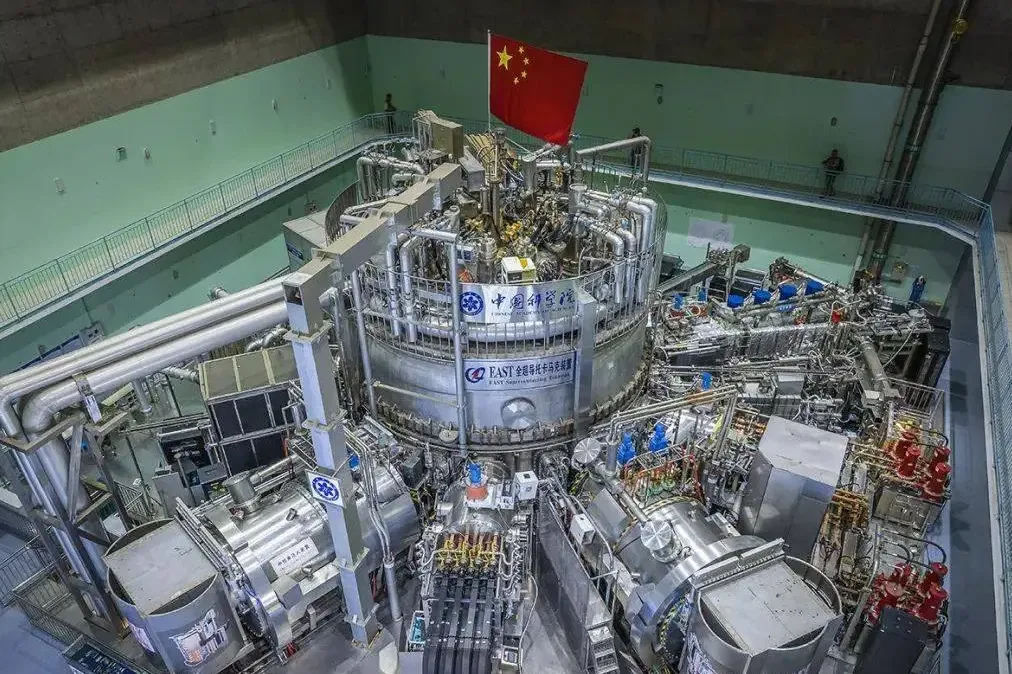
On May 1, the launching ceremony of the final assembly of the compact fusion energy experimental device (BEST) project built by China Nuclear Fusion Unicorn Fusion New Energy (Anhui) Co., Ltd. was held in Hefei.
With the arrival of four 52-meter-long 400-ton crane girders for final assembly to the BEST construction site, the final assembly work of the project officially kicked off, two months ahead of the original plan.
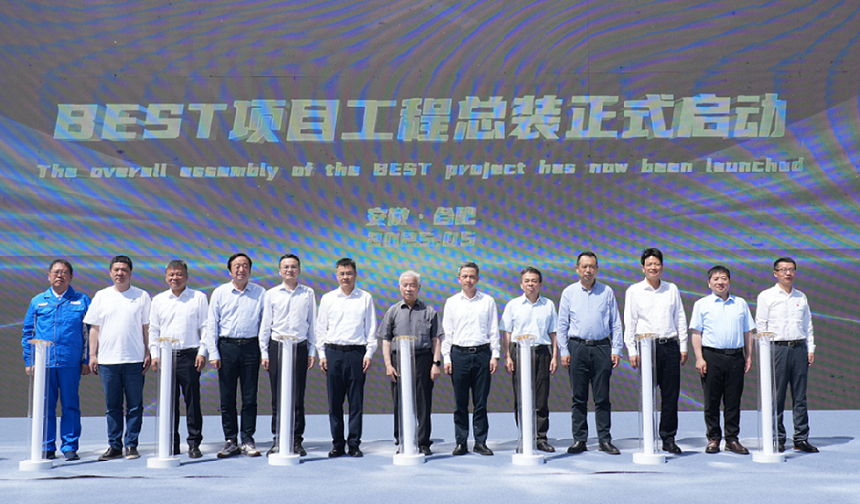
The final assembly work is one of the most critical aspects of the construction process of the BEST unit, which requires the precise installation of the "heart" components of the fusion reactor, including the superconducting magnet system, the magnet feeder system, the dewar, the cold screen, the cladding and the deflector, into the main engine pit. The total weight of the components assembled on site is up to 6,000 tons, and the precision requirements are high, and the standards are exact. At present, the construction of Dewar, the first important component to be placed in the final assembly, is also progressing well, and the construction preparation work involving the remaining six task sections is progressing in an orderly manner.
Since the launch of the compact fusion energy experimental device project, the main project and the park project have been fully constructed, and a number of milestone nodes have been completed in the aspects of device design optimization, core technology research, key component development and park engineering construction, which has effectively guaranteed the smooth completion of the project assembly start-up node.
Yan Jianwen, chairman of Fusion New Energy (Anhui) Co., Ltd., introduced that the smooth launch of the final assembly of the BEST project is a comprehensive embodiment of the synergy of all parties under the new national system, and has laid a solid foundation for the technical verification and integration capability improvement of the project. In the future, after the completion of BEST, it will be able to carry out cutting-edge scientific research on combustion plasma physics, demonstrate fusion power generation, and make important contributions to the development of fusion energy in China.
Nuclear fusion has always been regarded as the "ultimate energy source for mankind". Its principle is to simulate the internal reaction of the sun, and stably release energy through the fusion of light elements such as deuterium and tritium. Compared to nuclear fission, the raw material for fusion energy is almost infinite (one liter of deuterium extracted from seawater, the energy produced by the nuclear fusion reaction is equivalent to the energy produced by the combustion of 300 liters of gasoline), and there is no radioactive contamination, and the product is harmless helium.
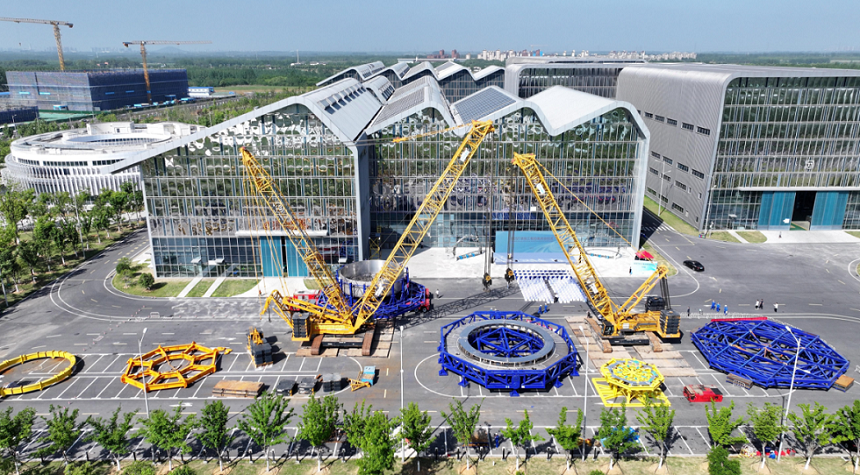
China's fusion energy application is implementing a "three-step" strategy.
One is the EAST device. In January this year, China's "Artificial Sun" fully superconducting tokamak nuclear fusion experimental device (EAST) set a new world record of "100 million kWh and 1,000 seconds", marking a major leap in China's fusion energy research from basic science to engineering practice. At present, the world is discussing whether the plasma can achieve 400-3000 seconds of operation under all-metal wall conditions. The product of temperature, density and confinement time is also known as the "fusion triple product", which is indispensable, and China's "100 million kWh and 1000 seconds" not only greatly enhances the confidence of the international community in the realization of fusion energy, but also provides key data support for related research. So far, only China has achieved this breakthrough, demonstrating to the world China's strong strength in the field of nuclear fusion. However, the current experimental setup only proves the feasibility of the principle, and does not actually generate energy.
The second is the BEST device. Based on the first-generation EAST device, BEST will generate real energy and be the first in the world to demonstrate fusion power generation. In addition, the device will use the neutrons produced by fusion to make more fusion fuel, proving that the fuel is self-sustaining within the device. This will be much closer to the actual operation of the reactor in the future.
The third is the Fusion Engineering Demonstration Reactor (CFEDR). On the basis of the first two, the China Fusion Engineering Demonstration Reactor (CFEDR) has started engineering design, and will aim to build the world's first compact fusion demonstration power station in the future. The Fusion Engineering Demonstration Reactor will complete the technical transition and industrial practice from the International Thermonuclear Experimental Reactor (ITER) to the fusion prototype power station, demonstrating the feasibility of continuous high-power, safe and stable operation of fusion energy. It is worth noting that the International Thermonuclear Experimental Reactor (ITER) under construction in France is one of the largest and most far-reaching international scientific and engineering projects in the world today, and China is one of its member states.(This article is from the official website of Seetao www.seetao.com. Reprinting without permission is strictly prohibited. Please indicate Seetao.com + original link when reprinting) Seetao.com Strategy Column Editor/Sun Fengjuan
Comment
 Praise
Praise
 Collect
Collect
 Comment
Comment
 Search
Search


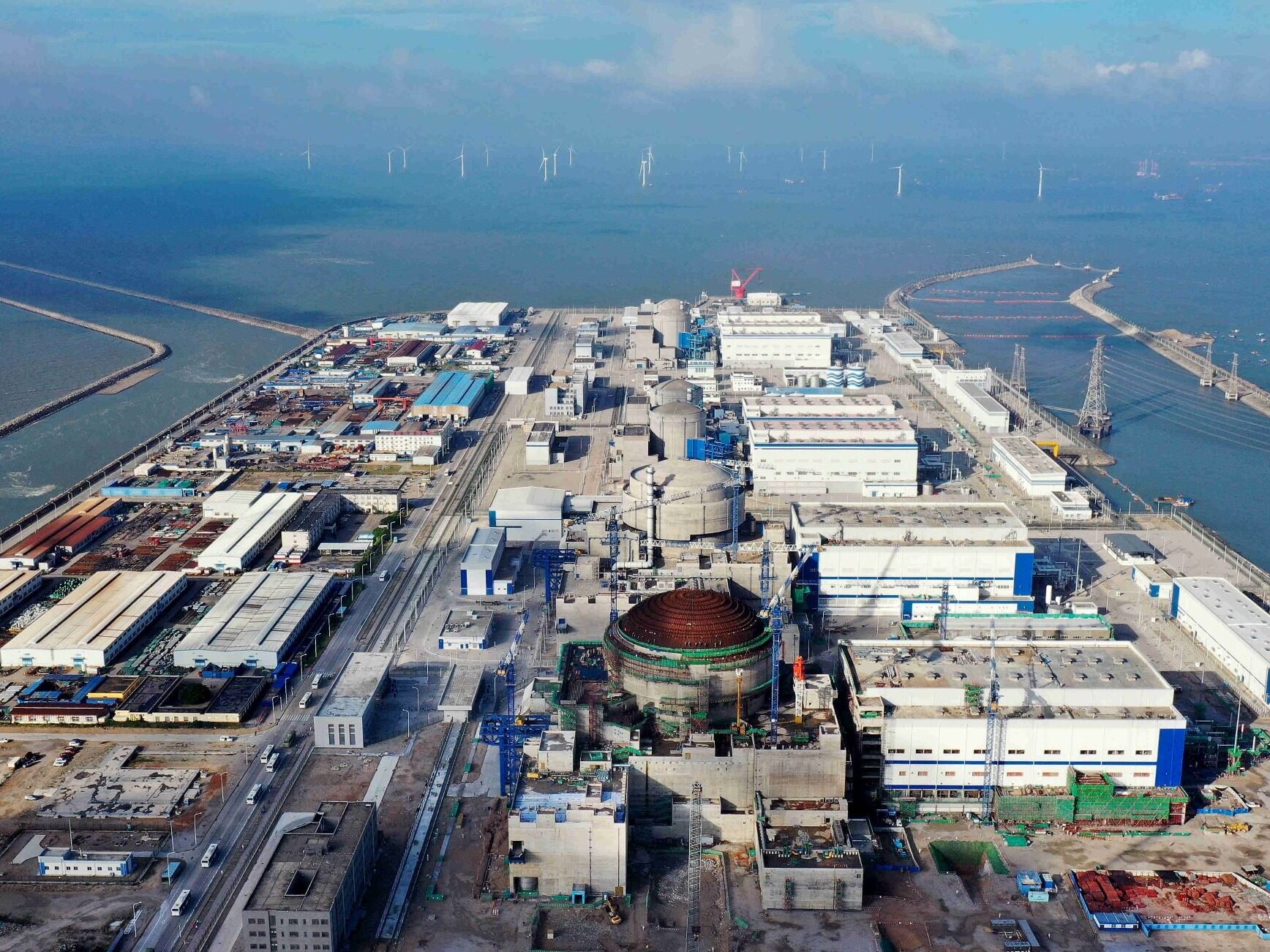
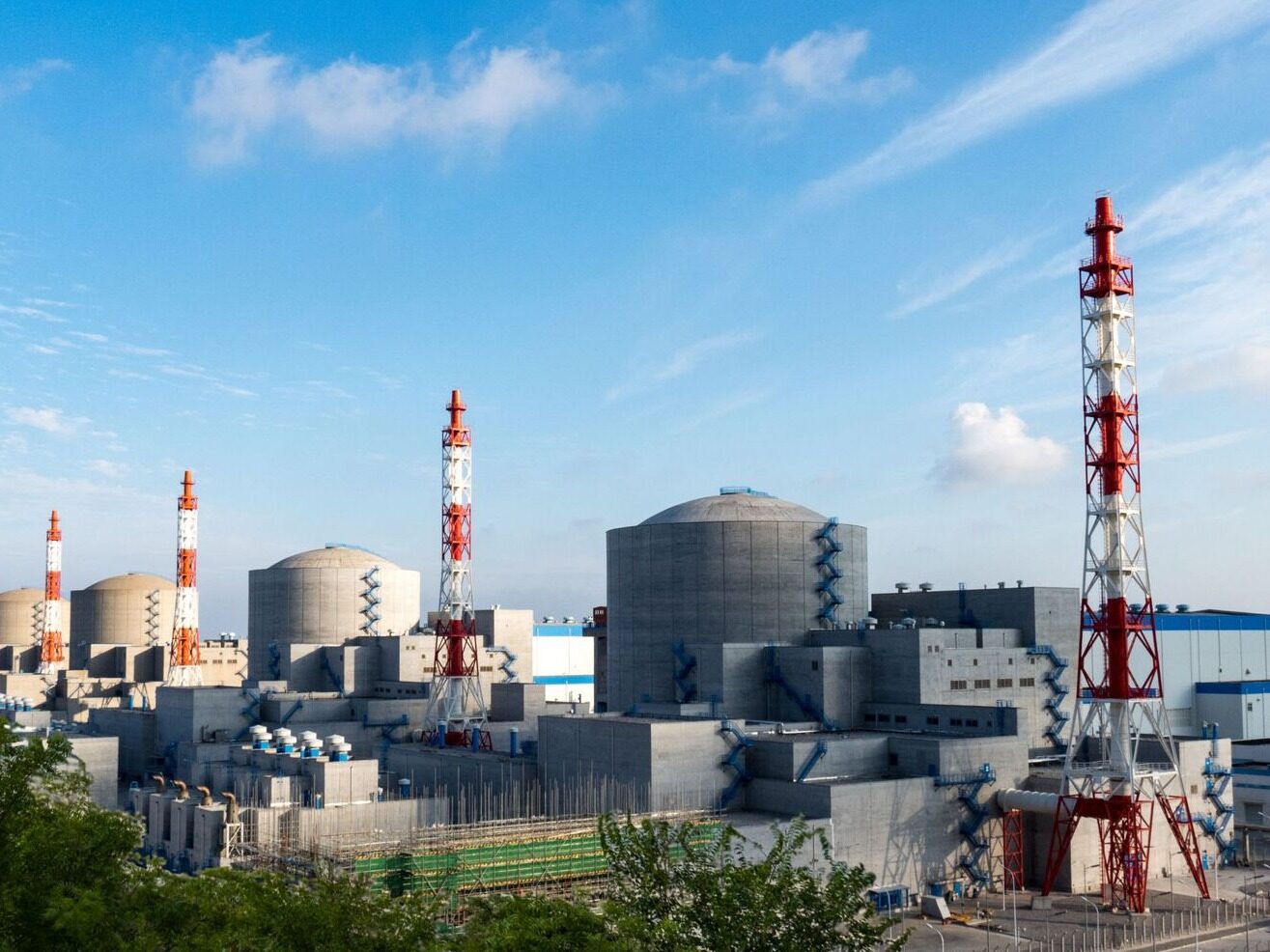

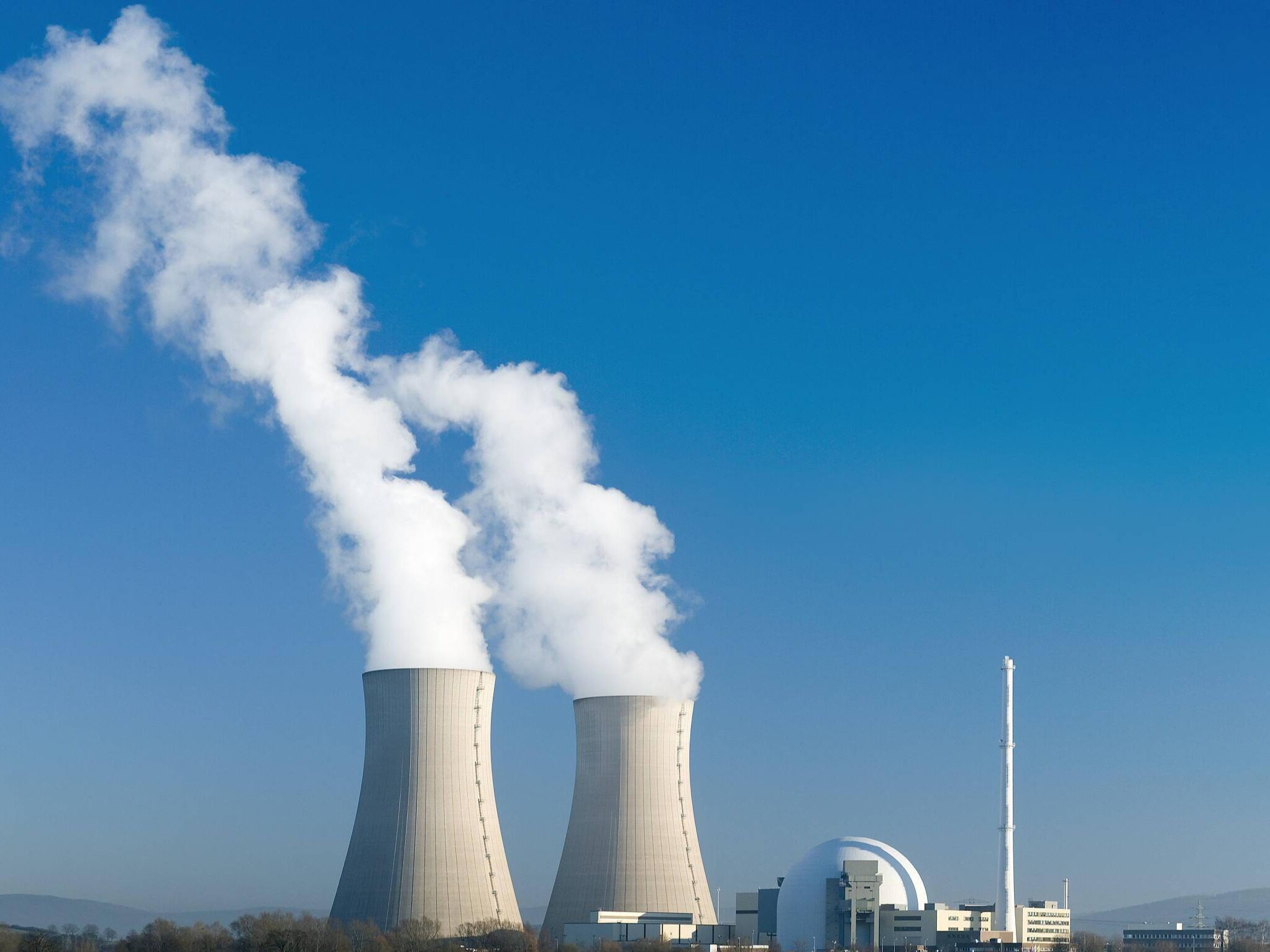








Write something~